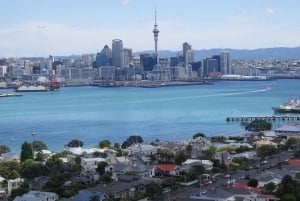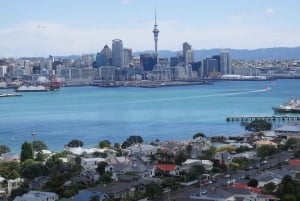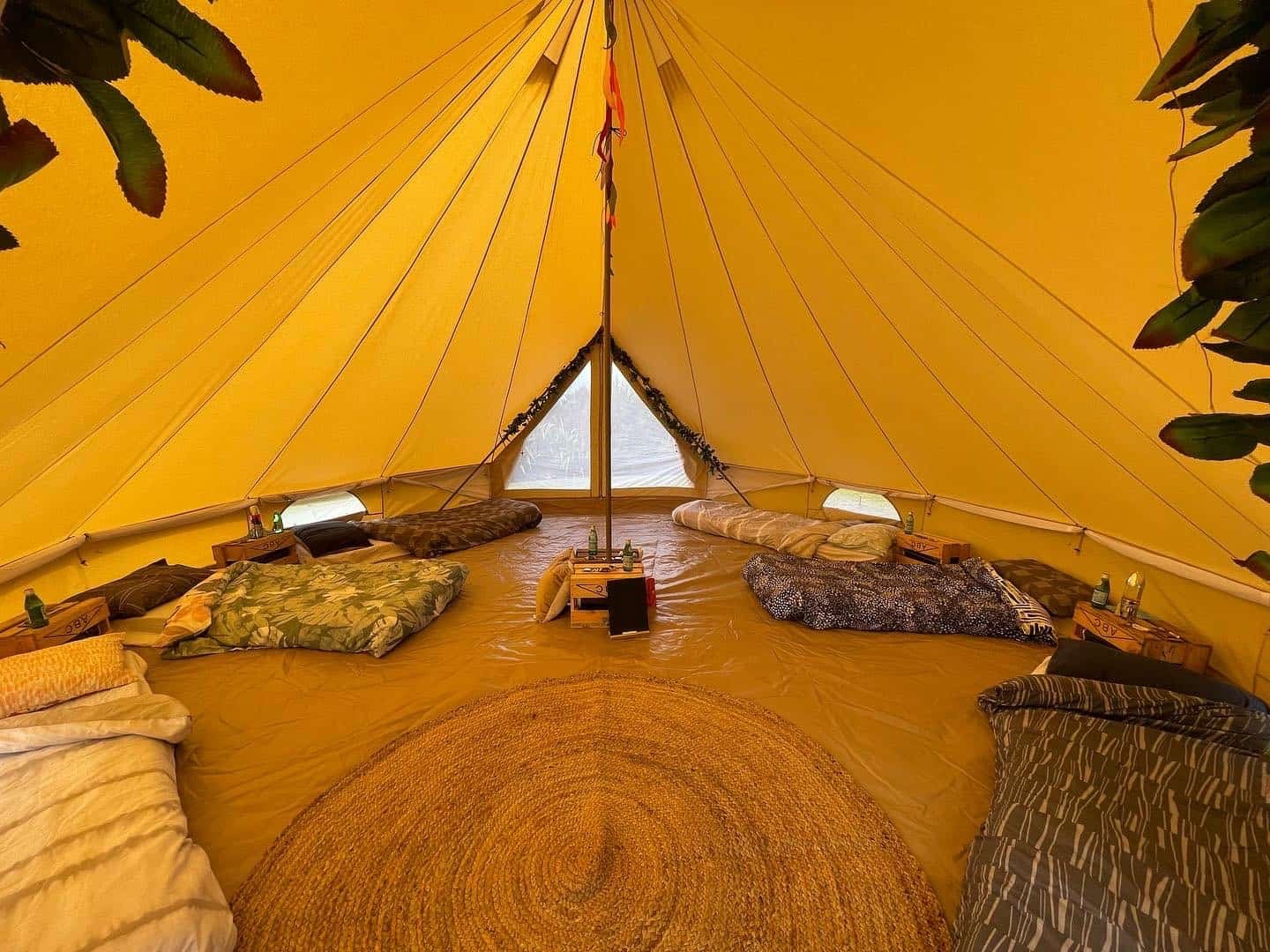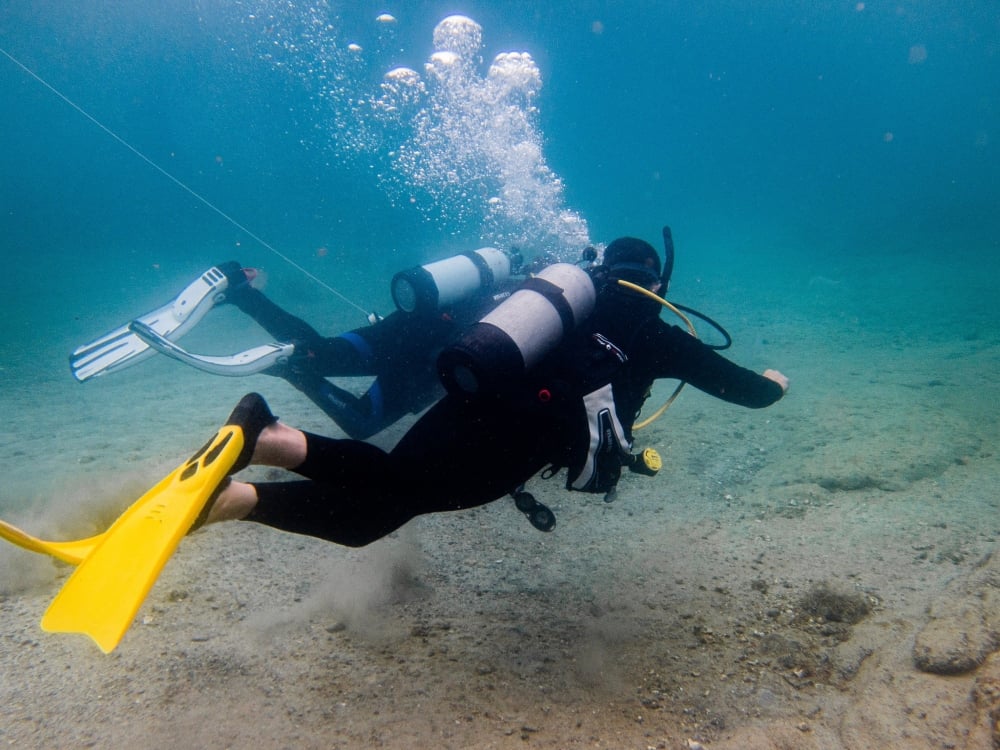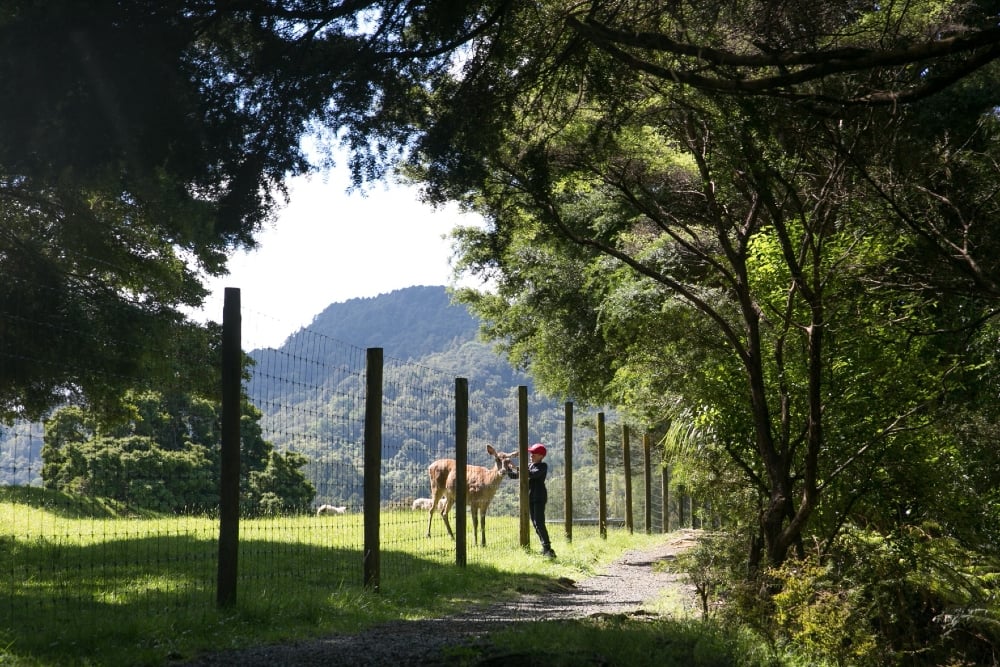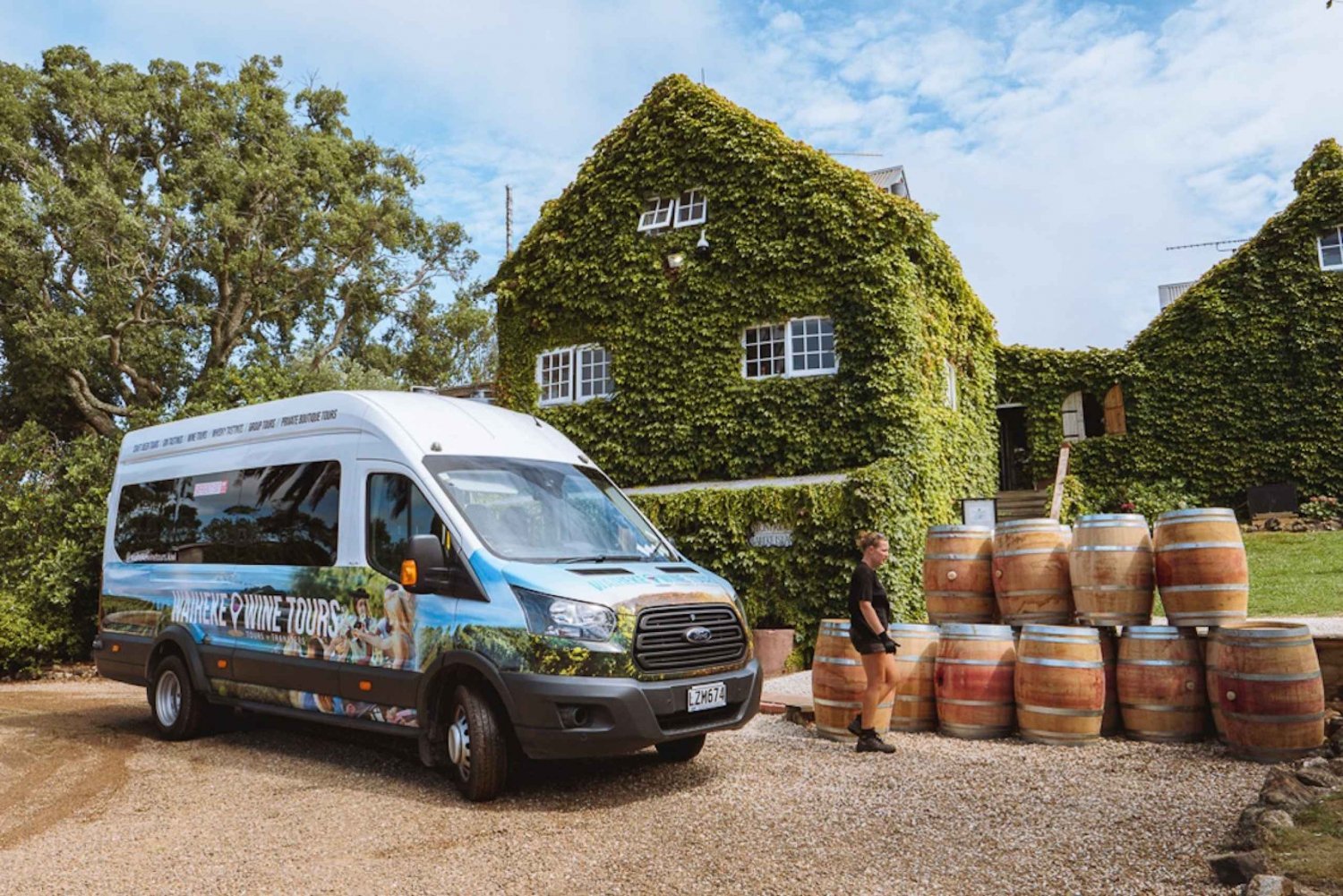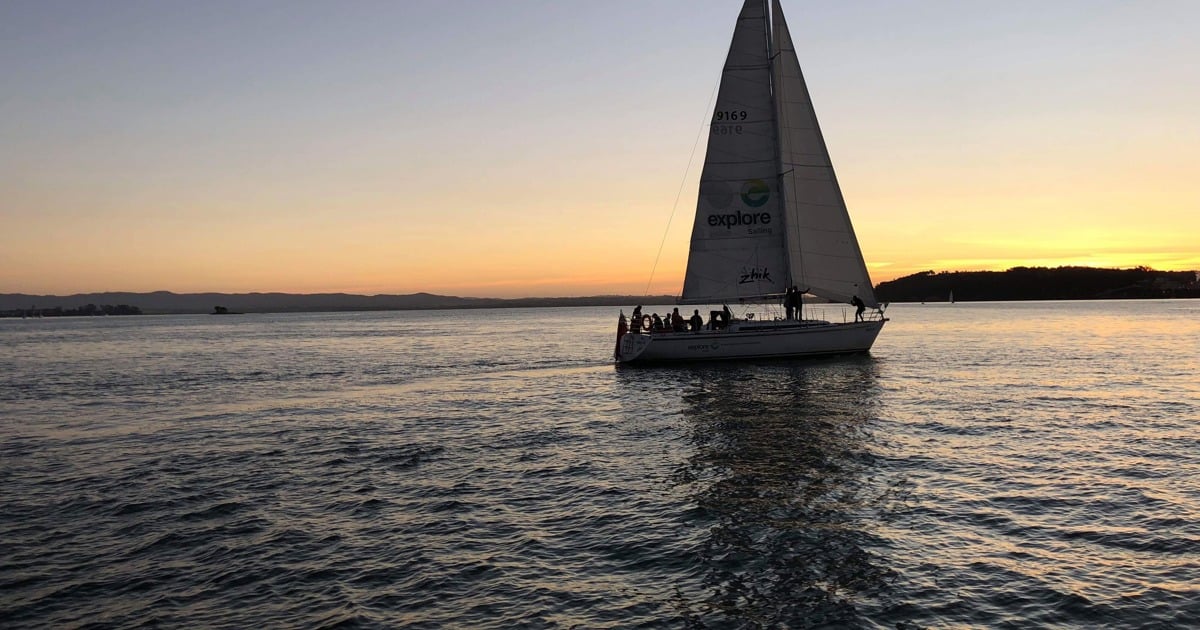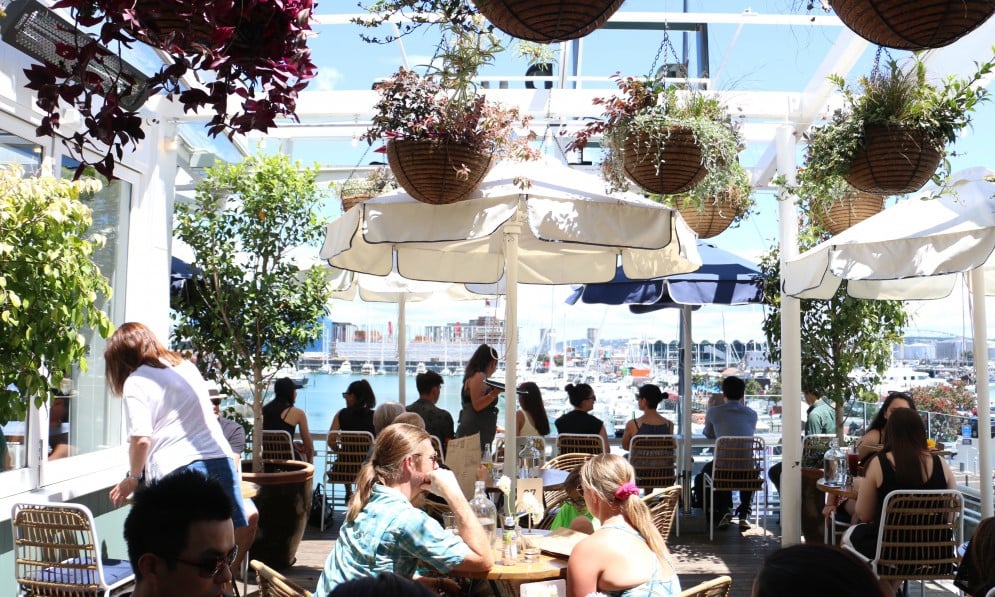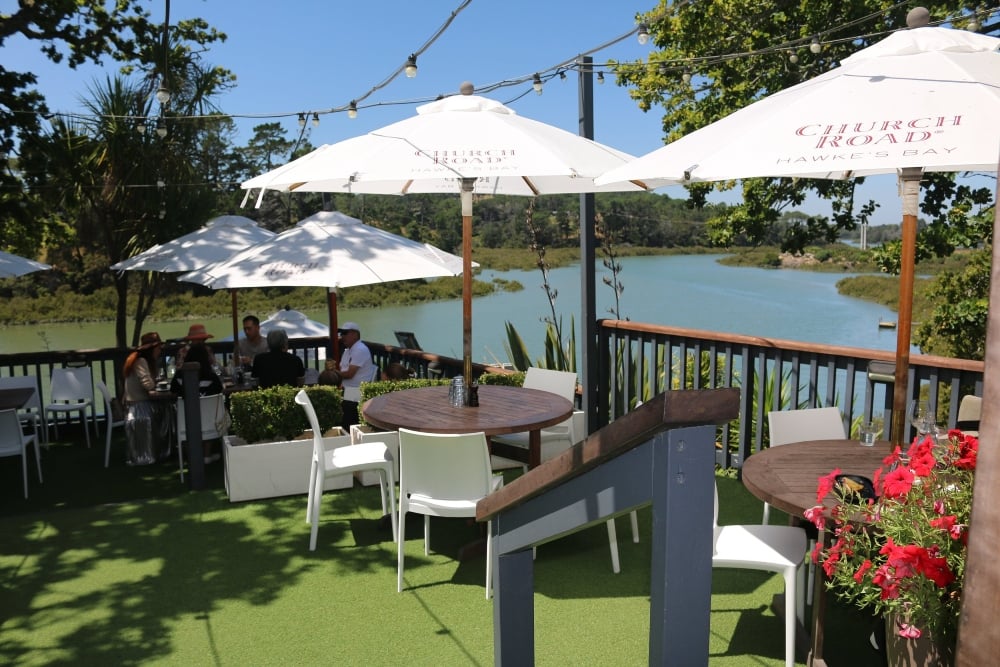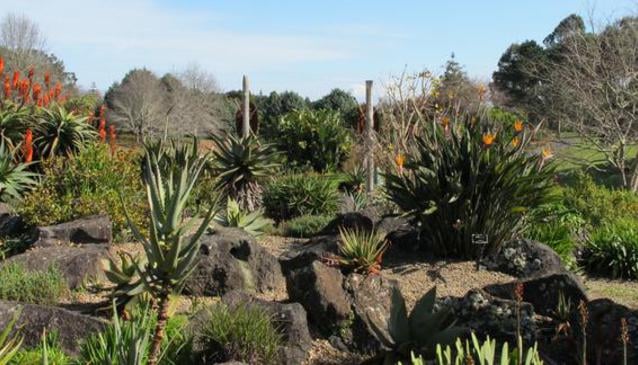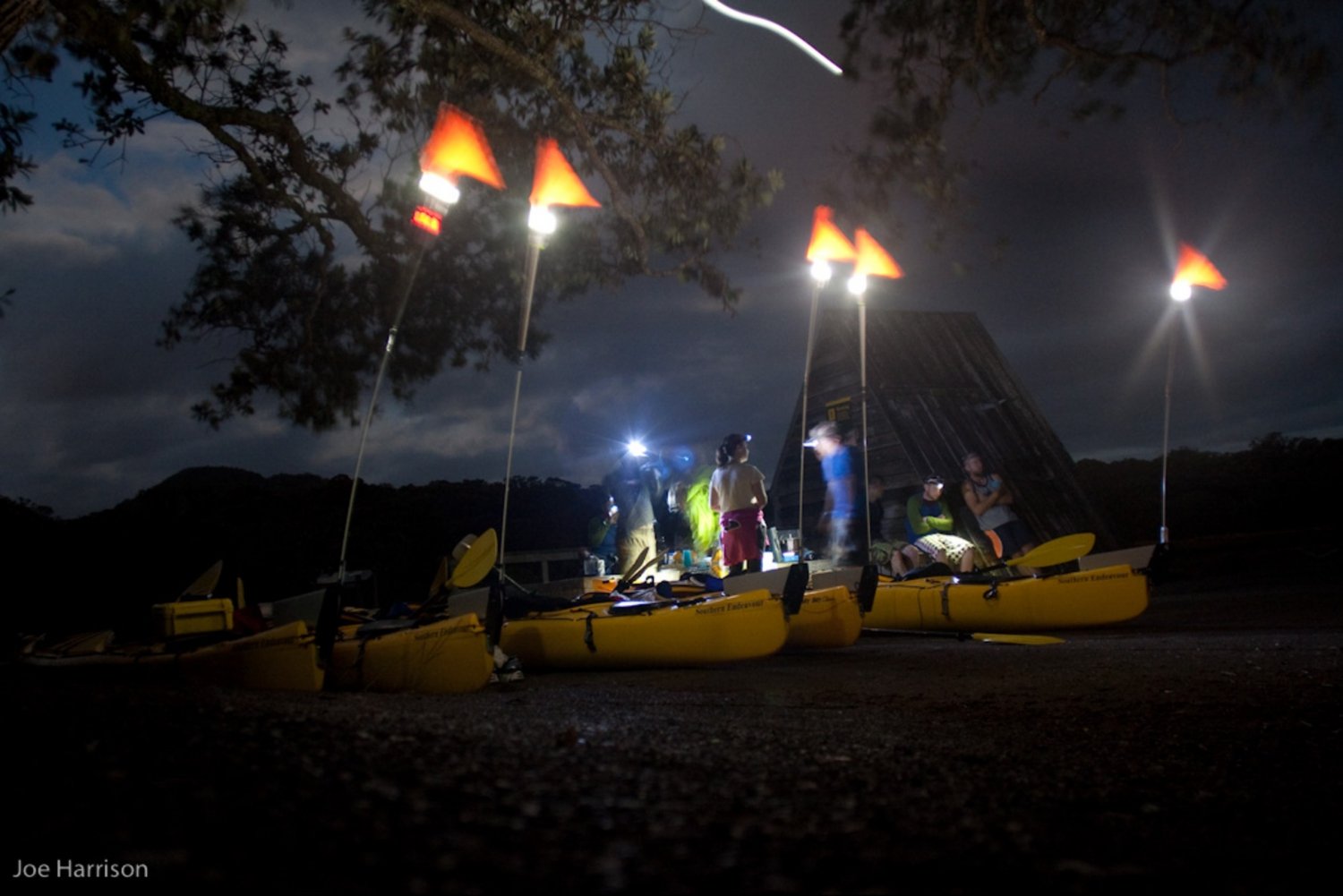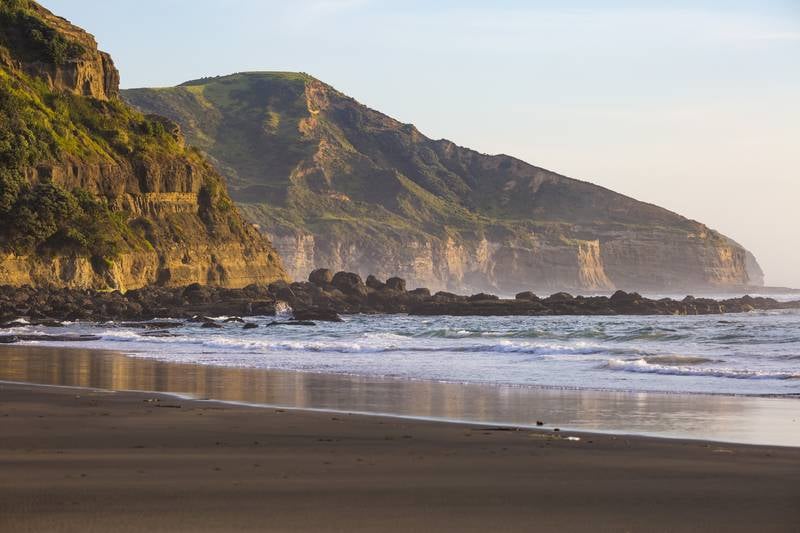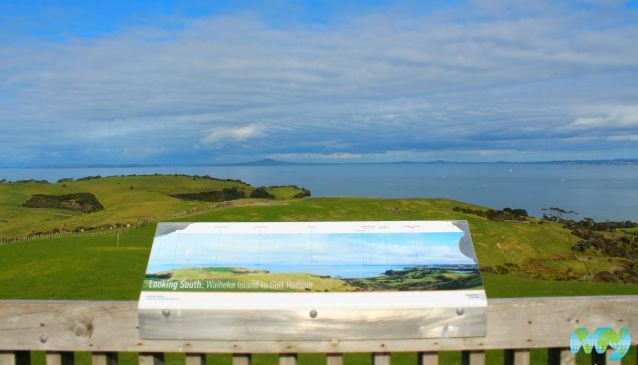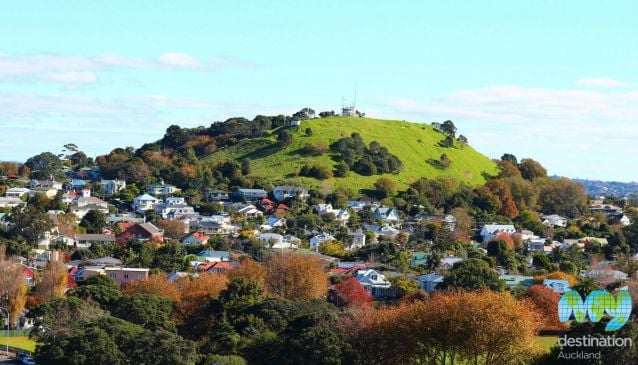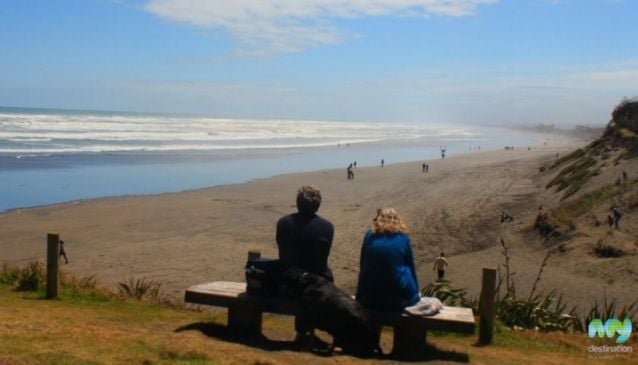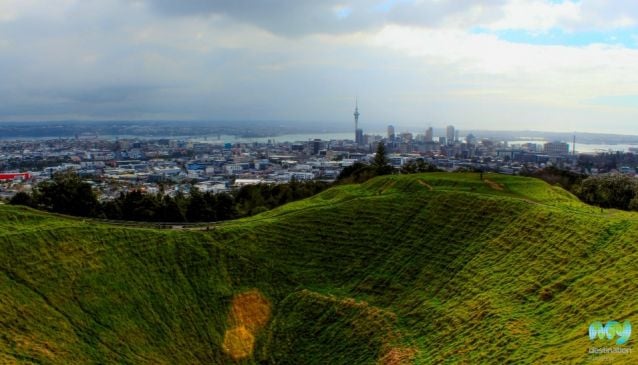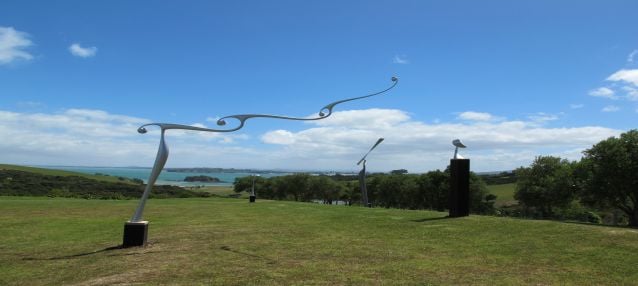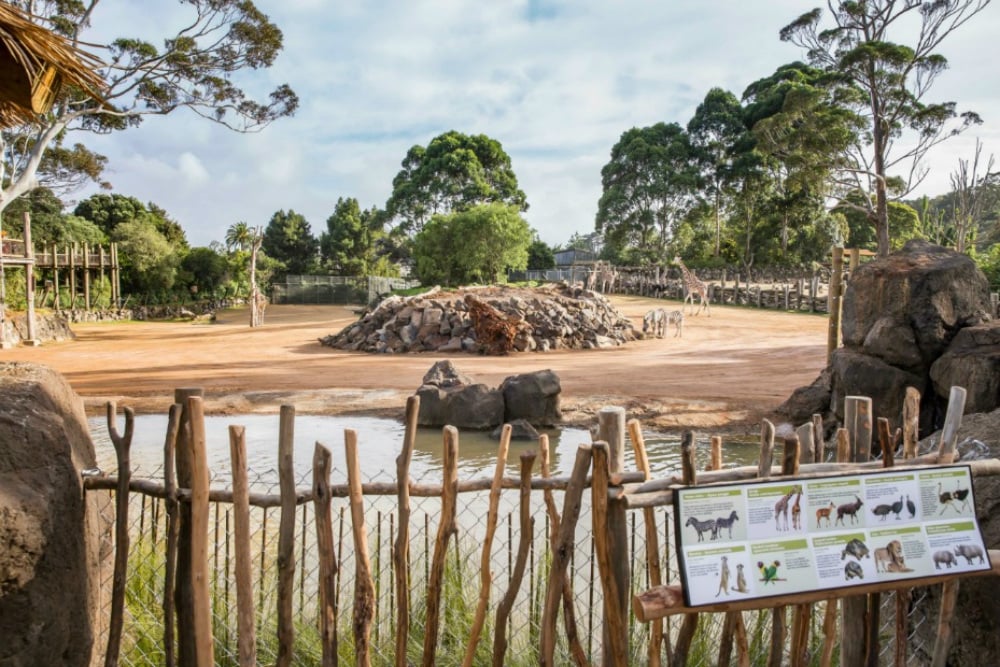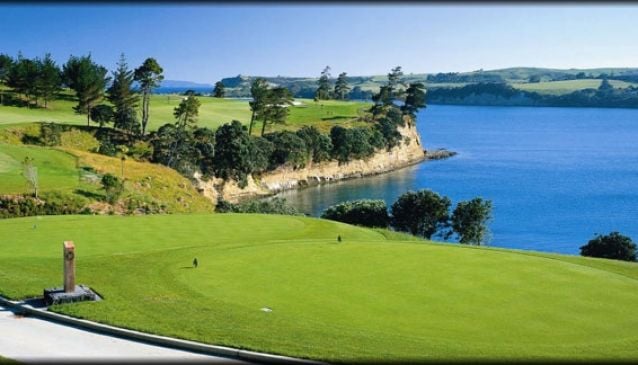North Shore Coastal Walk
Our guide to the scenic walk from Long Bay to Devonport
Book Top Experiences and Tours in Auckland:
If youʻre booking your trip to Auckland last minute, we have you covered. Below are some of the top tours and experiences!- Waiheke Island: Ferry & Hop-On Hop-Off Explorer Bus Tickets
- Auckland: Half-Day Scenic Sightseeing Tour
- Sea Life Kelly Tarlton's Aquarium General Admission
- Auckland: Ship to Shore Full-Day Excursion
- America’s Cup 2-Hour Sailing Experience Waitemata Harbour
Stretching from Long Bay in the north 23 kilometers all the way down to Devonport, the North Shore Coastal Walk takes seven hours but will linger in the memory long after.
To make it easier, you can start at Milford and head south. The walk from here is a mixture of sand, rocks, boardwalk, and concrete walls with Rangitoto Island a constant presence out to the left and an ever-changing beach-scape of old cottages, soaring glass towers, pohutukawa, and steep cliffs to the right.

At first, the going is easy along the soft sand and then it's onto a broad concrete path, past houses built close to the water. This part of the coast was once a holiday destination for Aucklanders: every summer weekend through the 1920s, the ferry from Devonport and the steam tram from Bayswater would dispatch crowds of city day-trippers at Takapuna.
The houses overlooking the path cover the full range of architectural styles from weatherboard villas to stucco modern, along with a few tiny, original cottages tucked under the pohutukawa trees.

At the end of the concrete path, you will pick your way over the volcanic outflow from the eruption of Lake Pupuke 100,000 years ago. The rough black basalt that flowed into the sea was a convenient source of material that many householders used for their walls along this stretch. It was the same stone, locally quarried, that Capt. John Algie used to build his mock-Scottish castle, Merkesworth, in 1926.

Be sure to give the rocks here close scrutiny because tucked amongst them is a fossilized forest. Before the Pupuke eruption, there were woods along the shoreline that were swamped by lava in our own version of Pompei. Once you get your eye in, it's easy to find the unnaturally round holes in the rock, all that remains of the trees that once stood here. Some of them were giants: a hole almost two meters across covered by a grating that looks like an old well is actually the mold left by a huge kauri.

Not far from here, around a corner past the camping ground, is the long, biscuit-brown curve of Takapuna beach, wherein 1933 aviator Charles Kingsford-Smith thrilled the district's youth with joy-rides in his airplane, the Southern Cross. Today, it's suburban and civilized, scattered with people, pushchairs, and dogs. It's also the ideal place to stop off for a rest and something to eat from a selection of restaurants along the beach.
Continuing on, it gets a bit trickier as you negotiate a couple of bays with high cliffs, separated by rocks. These bays are empty, the cliffs fringed with toi toi and pohutukawa and you feel that you could be miles from town: only the mournful peeping of an oystercatcher will keep you company.
If the tide is too high for this route, or you feel this sort of thing is too much for you, the alternative is to walk from Takapuna along Lake Road, past Takapuna Grammar School and then head back alongside the sea again at Narrow Neck Beach.
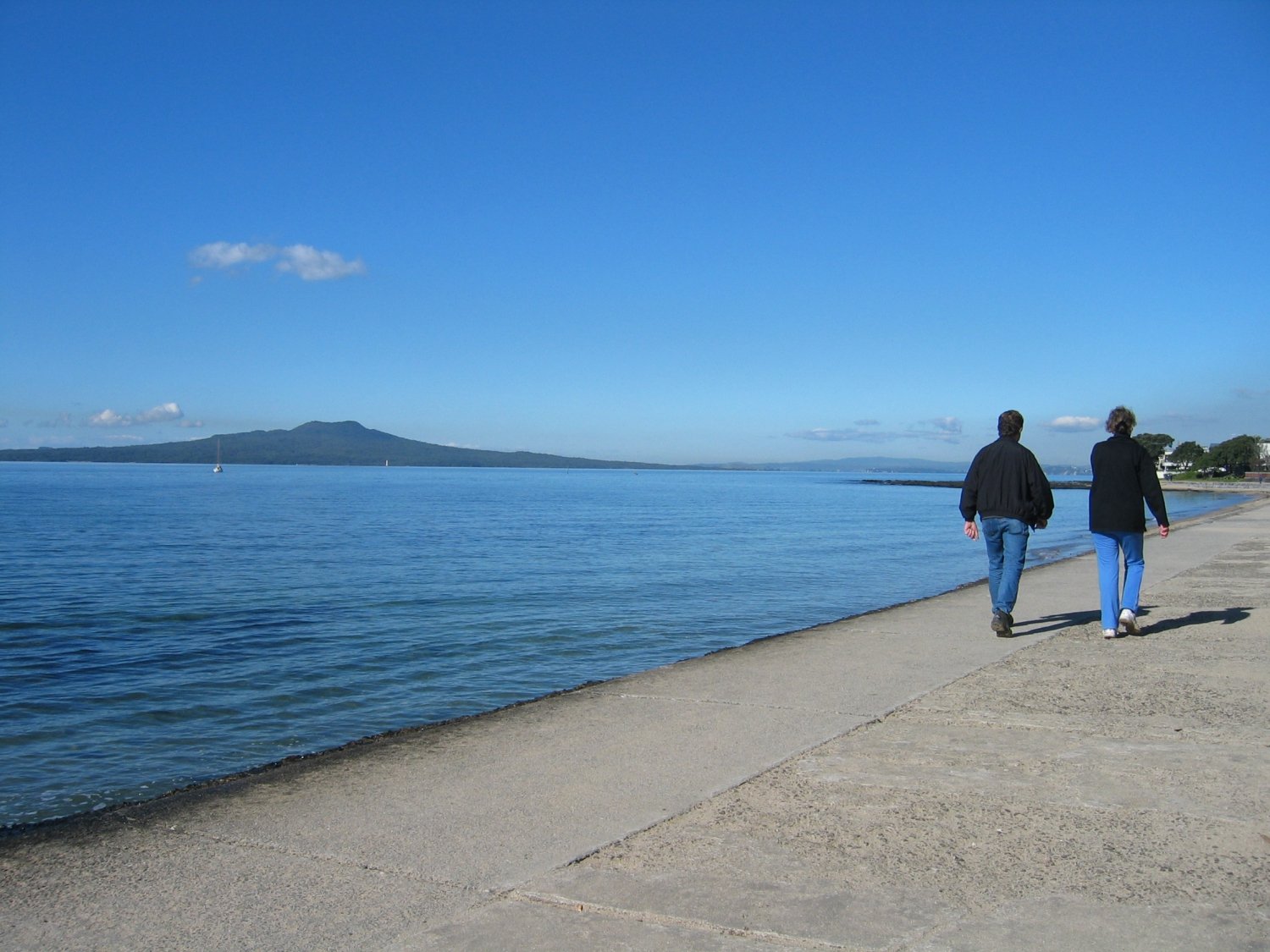
Need To Know:
- The walk will take between 6 to 7 hours and require reasonable fitness.
- There is ample parking at Milford Reserve.
- The section to Takapuna is negotiable at any stage of the tide; but from there on should only be attempted at low tide as there are some bays without land access.
- To return to Milford, take the bus from Devonport's main street
- More info on the walk.
Booking Auckland Activities:
To take advantage of the best deals for many of the best Auckland activities, check our Auckland Experiences section and save some money.



















